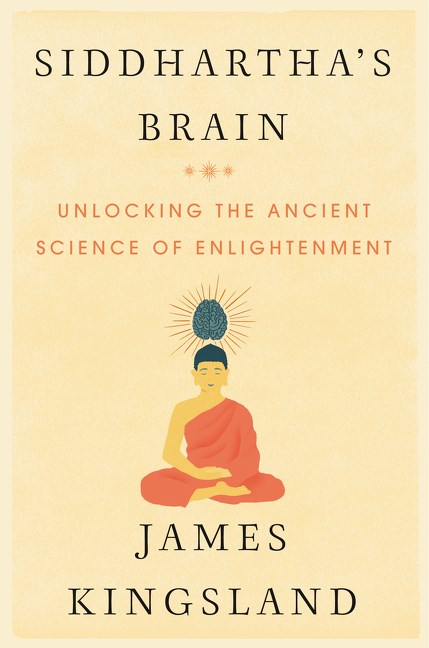
My new book about the mind-blowing new “science of enlightenment” – which is stuffed with neuroscience, psychiatry and psychology, but also some wonderful Buddhist stories and guided mindfulness meditations – will be published on 26 April in the US and 2 June in the UK. I received my personal copy through the post yesterday, so I couldn’t resist sharing a few quick thoughts.
One of my principal inspirations for writing the book was a long conversation I had in 2014 with a charming Buddhist monk called Ajahn Amaro, the abbot of Amaravati Buddhist Monastery in the little village of Great Missenden near Hemel Hempstead in the UK. Before his ordination into the Thai Forest tradition he trained as a scientist at the University of London in the 1970s, earning a degree in physiology and psychology. As we chatted it became clear he sees Buddhism as a kind of internalised cognitive psychology formulated in Ancient India by Siddhartha Gautama (the Buddha) – thousands of years before “science” had been invented. He believes that the role of his monastery is to carry on that tradition.
“We don’t run labs and such,” the abbot told me, “but our way of practicing and teaching meditation is very experientially based – it’s what actually helps people. We are working with the mind to understand it better and train it to be more malleable and function in a more balanced way.” He even went so far as to say we are “all mentally ill”. According to Buddhist philosophy, only perfectly enlightened beings can be considered 100% sane. Such people see the world as it truly is, stripped of the greed, aversion and delusion that clouds the untrained minds of more ordinary folk like you and me.
I followed up my conversation with Ajahn Amaro by interviewing many of the leading scientists investigating the neuroscience and potential benefits of meditation, including the two inspirational people who brought this whole new field into existence in the 1980s, Jon Kabat-Zinn and Herbert Benson. The more I learned about Buddhism and meditation, the more at home I felt with them, both as a sceptical (even cynical) science journalist, and as someone with a cranky human mind. I began to meditate myself and attend retreats.
Famously, Siddhartha told his followers:
“Don’t go by reports, by legends, by traditions, by scripture, by logical conjecture, by inference, by analogies, by agreement through pondering views, by probability, or by the thought, ‘This contemplative is our teacher’. When you know for yourselves that, ‘These qualities are unskillful; these qualities are blameworthy; these qualities are criticised by the wise; these qualities, when adopted and carried out, lead to harm and to suffering,’ then you should abandon them.”
In other words, “Take no one’s word for it” or Nullius in verba in Latin, which is the motto of the Royal Society. Stripped of its cultural baggage (there’s plenty of that, of course, after two and half millennia) Buddhism is the anti-dogma religion. You’re not expected to believe in a creator god or follow a creed, just investigate your own experience, carefully, objectively, with an open mind.
Siddhartha’s Brain brings together this ancient philosophy with the discoveries of rigorous, hi-tech modern science. I hope people will enjoy reading it as much as I enjoyed researching and writing it.










